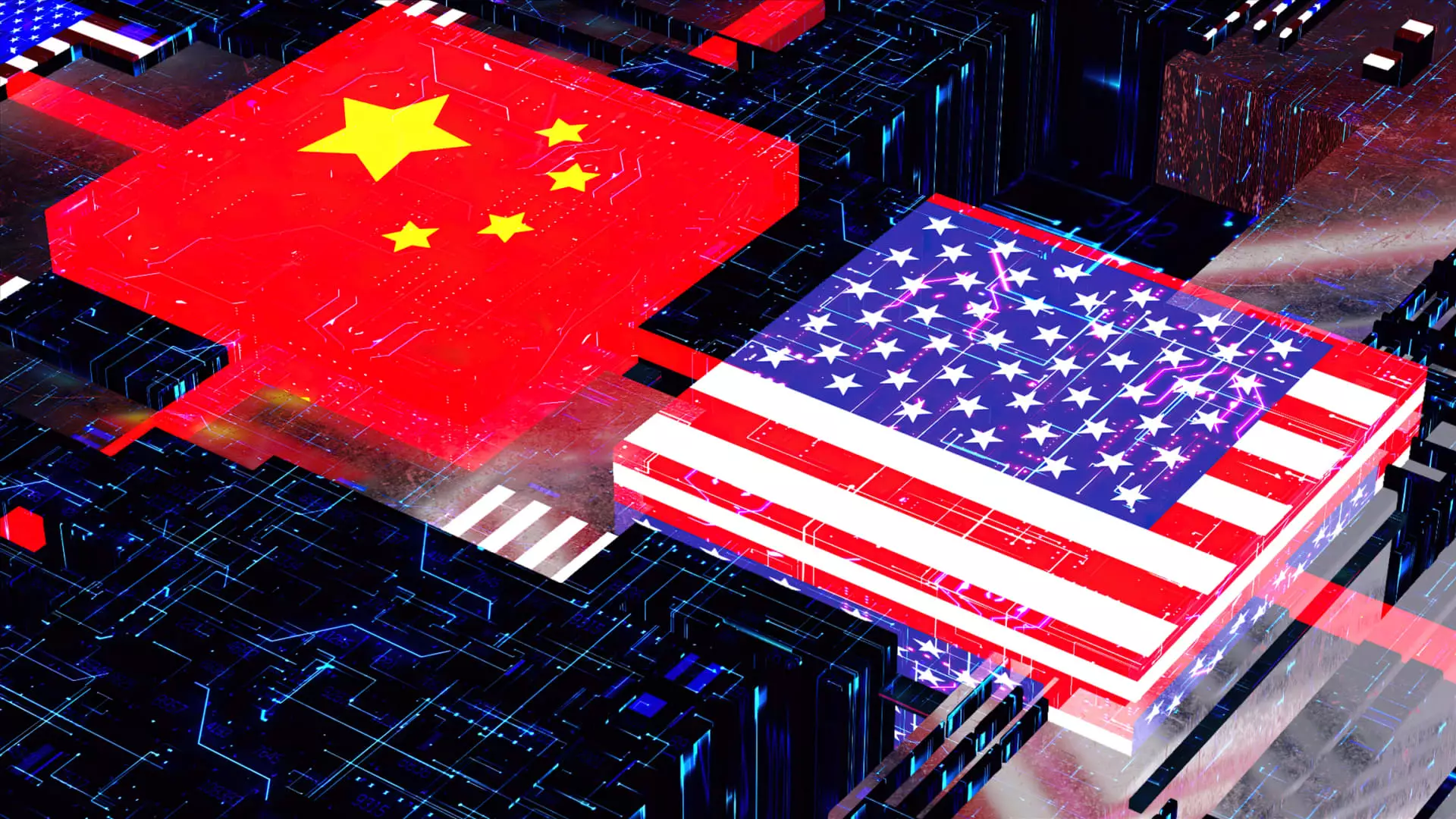The semiconductor industry, a pivotal force behind modern technology, is currently gripped by an unsettling period marked by hesitation and unpredictability. Uncertainty is the unsettling theme of this landscape as companies grapple with shifting U.S. tariff policies and potential export restrictions targeting China. In an industry that thrives on stability and clarity, the erratic conditions have raised eyebrows and prompted considerable trepidation among corporate executives and investors alike.
Tariffs and Their Disruptive Impact
The introduction of reciprocal tariffs under the Trump administration has cast a long shadow over the semiconductor market. Although these tariffs were momentarily halted, residual effects linger, complicating manufacturers’ ability to forecast demand accurately. Companies like AMD are already bracing for significant revenue impacts, with an estimated $1.5 billion loss due to restrictions on AI chip exports to China. This alarming financial forecast reveals the intricate web of dependencies and rivalries in the semiconductor landscape, where one governmental decision can precipitate a financial freefall.
Meanwhile, Super Micro’s decision to hold off on projections for fiscal year 2026 underlines the heightened anxiety. With the market conditions described as “uncertain,” even optimistic firms exhibit restraint rather than confidence. Such caution is vividly illustrated by Marvell’s postponement of its investor day, a move that reflects the broader industry’s apprehension. As semiconductor stocks suffer under these pressures, the VanEck Semiconductor ETF shows a decline of nearly 12% this year— a clarion call for a market on edge.
Geopolitical Tensions and Volatile Demand
As geopolitical tensions escalate between the U.S. and China, leading firms such as Samsung are also sounding alarms. A recent earnings call revealed that demand volatility is anticipated to be “quite high,” suggesting few companies are insulated from this chaos. Such warnings underscore an essential truth: the fate of these firms no longer rests solely on market conditions but also on international relations. The rapid and unpredictable shifts in policies, as highlighted by a Samsung executive, signal an environment where decision-making can shift with little notice.
Ben Barringer, a global technology analyst, captures this sentiment of complexity and hesitation: “The semiconductor sector is grappling with a complex mix of demand signals and geopolitical headwinds.” The sense of disarray created by these factors ensures that executives and analysts alike remain skeptical about an immediate recovery. While underlying demand for certain tech remains robust, the overall uncertainty prevails, casting a pall over the industry’s future.
American Leadership and AI Market Competition
The stakes are particularly high concerning the burgeoning artificial intelligence market. Companies like Nvidia, with CEO Jensen Huang at the helm, argue vigorously for maintaining access to the Chinese market, emphasizing that an estimated $50 billion AI sector is ripe for engagement. The growing competition in this field cannot be ignored. Chinese firms, spurred by U.S. restrictions, are pouring resources into developing indigenous technology. Firms like Huawei and Alibaba have made notable strides, launching high-performance AI models that underscore the urgent need for American companies to reassess their competitive strategies.
Huang’s assertion that waiting to restrict competitors is a misstep embraces an urgency that resonates across the industry. Clarity is elusive as long as American firms are forced to navigate the political crossfire between technological leadership and national security concerns. U.S. policymakers must recognize that innovation cannot flourish in isolation; rather, it thrives amid clear regulations that bolster competitiveness rather than suppress it.
The Road Ahead: Adaptation in Chaos
Amid this tumult, one must consider the resilience of the semiconductor sector. Even as executives voice uncertainty, signs of adaptability shine through. The recognition that American firms must “put the pedal to the metal” suggests a flicker of resolve under pressure. Companies depend on innovation and agility to redefine and respond to shifting market expectations. The scramble for dominance in AI reflects not merely the contest between corporations but a deeper narrative of national economic health and technological supremacy.
As companies navigate these precarious waters, the need for a balanced approach becomes clearer. Embracing cooperation instead of confrontation may yield long-term benefits both for American technology leaders and the global market. Despite turbulent times, the potential for reinvention remains palpable. The drive toward innovation must supersede the fear of competition; after all, the semiconductor industry has thrived on the very tenets of growth and resilience that define progress.
In such tumultuous times, one can only hope that the leaders in this space will emerge not as mere survivors of volatility but as architects of a coherent strategy that positions them advantageously on the global stage.

